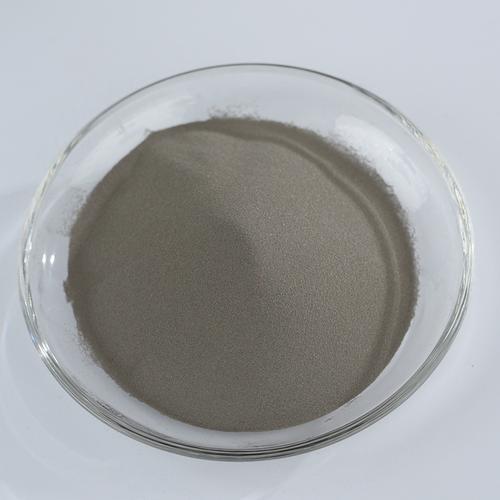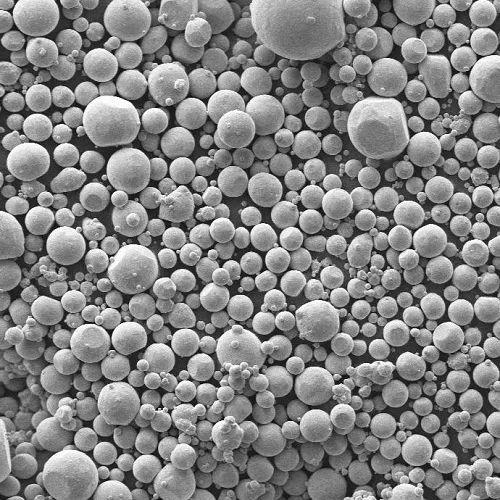Tungsten Oxidation States Quick Reference
(tungsten oxidation states)
Tungsten (W), element 74, is a robust transition metal renowned for its high melting point and strength. A key feature of its chemistry is its wide range of achievable oxidation states, spanning from negative values up to its maximum of +6. This versatility underpins tungsten’s diverse chemical behavior and applications.
The +6 oxidation state is overwhelmingly the most stable and common for tungsten. It dominates tungsten chemistry, exemplified by compounds like tungsten trioxide (WO₃), tungstic acid (H₂WO₄), and numerous polyoxotungstate anions (e.g., WO₄²⁻, W₁₂O₄₁¹⁰⁻). These species are crucial in catalysis, pigments, and corrosion-resistant materials. Tungsten(VI) oxides form the basis of tungsten bronzes and are key in electrochromic devices.
While less prevalent than +6, the +4 and +5 oxidation states are significant. Tungsten(IV) appears in compounds like tungsten dioxide (WO₂) and tungsten disulfide (WS₂), the latter being an important solid lubricant. Tungsten(V) is often found in mixed-valence oxide clusters (e.g., in phosphotungstates) and certain halide complexes like WCl₅. These intermediate states are vital in redox catalysis and electron transfer processes.
Lower oxidation states, such as 0 (in carbonyls like W(CO)₆), +2, and +3, are less common and typically require stabilizing ligands like carbon monoxide, phosphines, or cyanide. They are primarily encountered in organometallic chemistry and cluster compounds. Tungsten can even achieve rare negative states like -2 in carbonyl anions (e.g., [W(CO)₅]²⁻).
(tungsten oxidation states)
Understanding tungsten’s oxidation state flexibility is essential. The high stability of W(VI) drives its use in hard, inert materials and mineral processing. The accessibility of lower states (especially IV and V) enables catalytic cycles in petroleum refining and pollution control. This redox chemistry, particularly within polyoxometalate frameworks, remains a vibrant area of research for energy and environmental technologies. Mastering tungsten’s oxidation states unlocks its functional potential.
Inquiry us
if you want to want to know more, please feel free to contact us. (nanotrun@yahoo.com)

